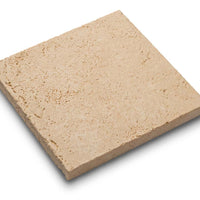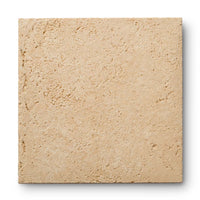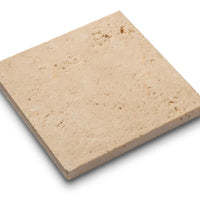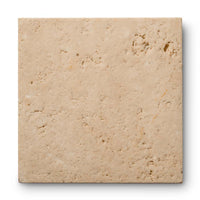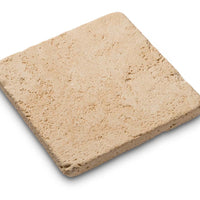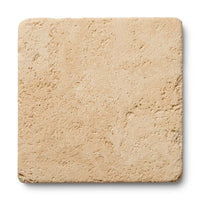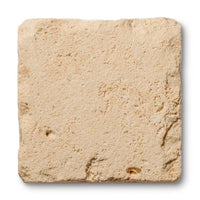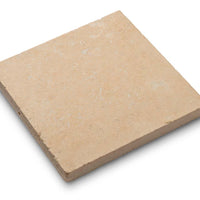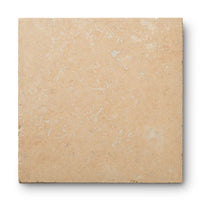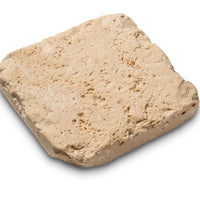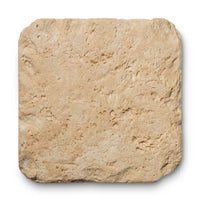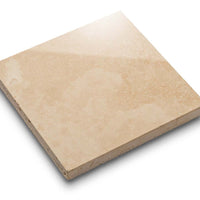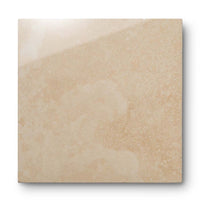What Is Mid Century Modern Style?
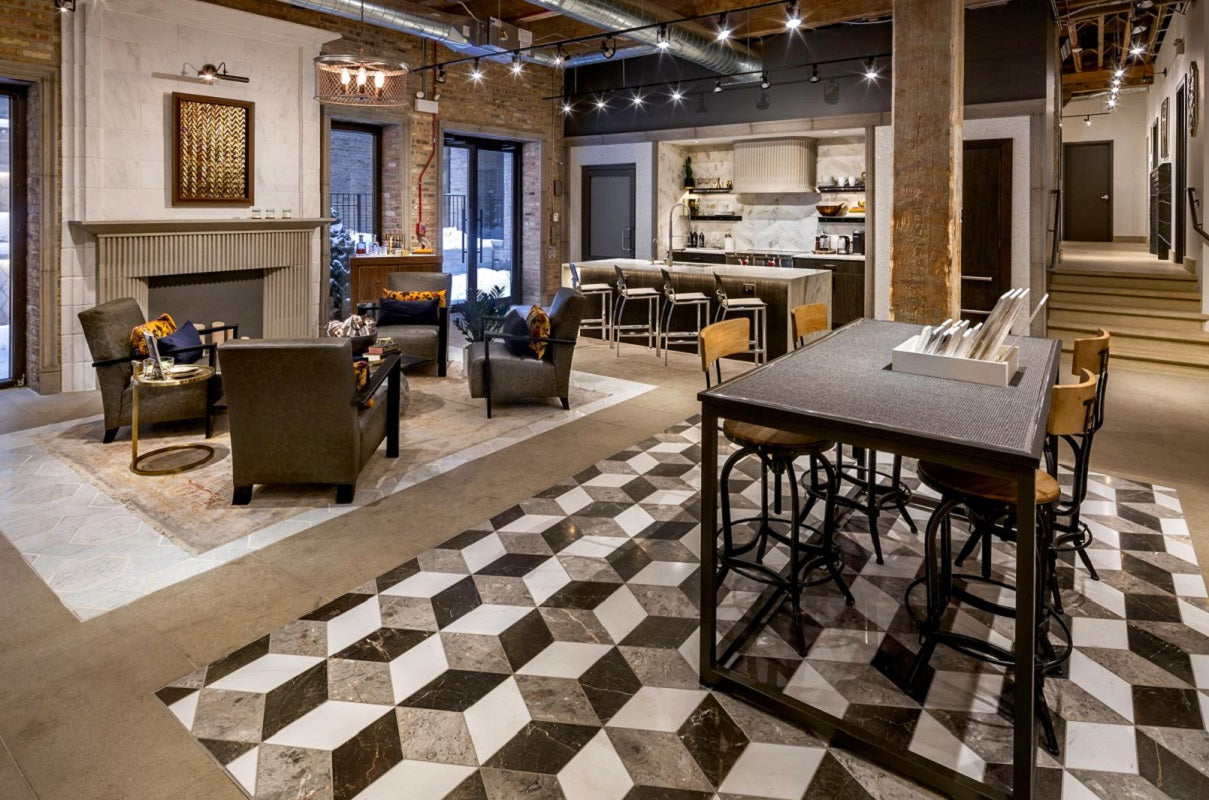
Over half a century later, we’re still fascinated by the geometry and simplicity of mid century modern style. From Mad Men fans to vintage shoppers, mid century modern style seems to be experiencing a major revival in the home decor zeitgeist.
Yet, mid century modern style is more complex than the average Better Homes & Gardens reader might guess. Hoping to incorporate this timeless aesthetic into your home, but wondering what is mid century modern style?
Read on for a deep dive into this colorful style.
The aesthetic choices of mid century modern design grew from the Bauhaus movement in Germany and its American offshoot, the International Style. After World War II, Bauhaus architects and designers relocated to the United States and developed mid century modern style.1
Let’s look at each of these design movements more closely:
Bauhaus Style – An early twentieth-century German design movement, Bauhaus combined modernism with the Arts and Crafts movement to create a style that prioritized function and featured balanced forms and abstract shapes with minimal ornamentation.2
International Style – Beginning in the 1920s and 30s in Europe and the United States and continuing until the middle of the twentieth century, International Style was an architectural movement primarily using glass and steel and characterized by rectilinear forms, very little decoration, and visual weightlessness.3
Mid Century Modern Style – Flourishing in the middle decades of the twentieth century between 1930 and the mid-1960s, mid century modern style encompasses architecture and furniture featuring clean lines, organic forms, and minimal decoration.4
In addition to bringing German Bauhaus disciples across the Atlantic, World War II also triggered suburban growth that increased the demand for modern furniture and modern homes. Mid century modern design met this demand, and new technology allowed for the mass production of novel textures, colors, and materials to fuel the popularity of this new style.
Major designers, artists, and architects have become famous for their interpretation of mid century modern style as well as companies like Knoll and Herman Miller. Key players include:
Harry Bertoia
Charles Eames
Ray Eames
Alexander Girard
Eileen Gray
Arne Jacobsen
George Nelson
Isamu Noguchi
Verner Panton
Jens Risom
Eero Saarinen
Edward Wormley1
In the early 1930s, ranch-style houses defined the west coast, featuring:
Low roof
Multipurpose rooms
Open floor plans
Temperature control
Many historians consider these ranch-styles houses to be a predecessor to mid century modern architecture because of common elements like low roofs and open floor plans. You can witness mid century modern architecture on TV shows and movies like The Brady Bunch, The Big Lebowski, The Graduate, and North by Northwest. Watch any of these, and you’ll catch mid century modern’s characteristic features, including:
Lower roof
Bigger windows
Open floor plans
Mid century modern architecture and furniture design had a symbiotic relationship wherein each element encouraged the other to continue developing this new design movement.5
To achieve mid century modern’s classic geometry and subtlety, artists and designers turned to a set of defining characteristics, including:
Functionality – In mid century style, form follows function, which means that the utility of a piece of furniture or architectural design is more important than the aesthetic.
Minimalism – Similarly, ornamentation and decoration are nonessential elements used sparingly in mid century modern style.
Juxtaposition – Mid century modern style privileges juxtaposition between contradictory materials.
Exploration – Designers experimented with both traditional and novel materials.
Clean Lines – This style prioritizes clean lines in both organic forms and geometric designs.
To achieve this vision, designers employed the entire rainbow from subdued neutrals to bold colors. They also utilized specific materials such as:
Plastic – At the time, plastic was a newer material, and designers used it frequently.
Traditional Materials – Wood was the most common traditional material used. Mid century modern style celebrates organic forms like wood.
Non-traditional Materials – Non-traditional materials used by designers included metal, glass, vinyl, plywood, Plexiglass, and Lucite.7
Mid century modern architects utilized what was at the time non-traditional materials to pioneer the infamous glass house. According to Sian Winship of the Southern California Chapter of the Society of Architectural Historians, mid century modern homes paired their open floor plans with distinctive giant sliding-glass doors.
These glass doors connected the living spaces with the natural world. In a traditional home, children could seldom see out of windows placed four to five feet high. In a mid century modern style glass house, children could engage their senses with the outside environment, reflecting the design movement’s reverence for organic forms.
If you’re itching to integrate mid century modern style into your own home, start with these three furniture pieces:
TV Stand – Look for a TV stand or dresser boasting bold geometric designs with minimal ornamentation. Remember that form follows function when it comes to mid century modern style.
Lounge Chair – Choose simple sofas and chairs featuring flared backs and tapered legs. A pop of color will contrast the basic, geometric lines of the furniture.
Lamp – Search for lamps and lighting fixtures in funky shapes like domes and futuristic materials like chrome.
Shop vintage pieces or with modern retailers inspired by mid century modern style. As you browse furniture, return to these four tenets to ensure your purchase fulfills the mid century modern aesthetic:
Functionality
Geometry
Novelty
Subtlety
The clean and crisp designs of mid century modern style mingle beautifully with ceramic tile, glass, and stone. After all, two essential components of mid century modern style are organic forms and natural materials. If you’re in search of tile, glass, or stone to complete your mid century modern aesthetic, look no further than Materials Marketing. We offer endless customization so that you can perfect your home’s very own mid century modern style.
Sources:
The Spruce. 5 Things You Should Know About the Mid-Century Modern Style. https://www.thespruce.com/things-you-should-know-about-mid-century-1391827
My Modern Met. Bauhaus: How the Avant-Garde Movement Transformed Modern Art. https://mymodernmet.com/what-is-bauhaus-art-movement/#:~:text=The%20style%20of%20Bauhaus%20is,evident%20in%20painting%2C%20architecture%2C%20or
Britannica. International Style. https://www.britannica.com/art/International-Style-architecture
Merriam-Webster. Mid-century Modern. https://www.merriam-webster.com/dictionary/mid-century%20modern
Living Spaces. What Is Mid-Century Modern Style? https://www.livingspaces.com/inspiration/ideas-advice/styles/what-is-mid-century-modern-style
Please note: comments must be approved before they are published.
* indicates a required field
Our finishes are applied by hand, ensuring that each element of your order matches and blends together well. In some instances, you may notice a natural variation in the application of the finish. This is normal and should be expected with a handmade item.
